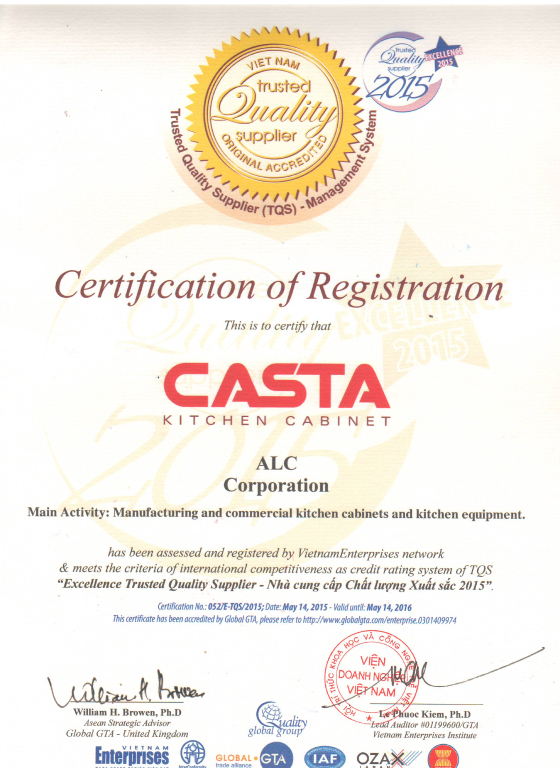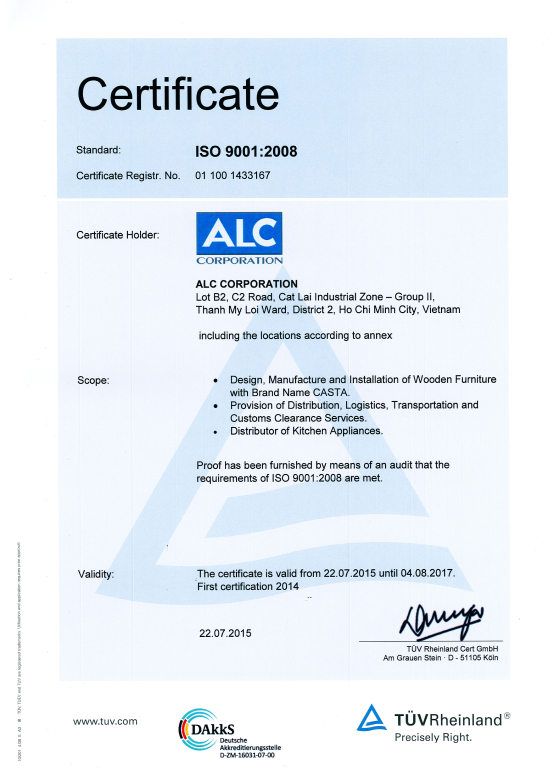When choosing between framed vs frameless cabinets, it’s important for contractors and furniture brands to understand the key differences.
Framed cabinets, also known as traditional American-style cabinets, feature a face frame that provides added structure and support. This makes them easier to install and ideal for projects requiring durability and flexibility.
Frameless cabinets, often called European-style cabinets, offer a sleek, modern look with no face frame, maximizing storage space. However, their installation requires more precision.
Understanding these distinctions helps businesses meet the specific needs of their projects and customers.
Table of Content
1. Differences in Construction
Understanding the construction of framed vs frameless cabinets is critical for anyone involved in cabinetry projects, from the manufacturing phase to installation and delivery. The materials, structure, and overall build quality play a significant role in the final product's performance and durability.
1.1 Material Usage
Framed Cabinets typically feature solid wood or high-quality plywood for the cabinet box and face frame, providing enhanced stability.
The frame itself acts as a reinforcement, making the cabinet more rigid and durable.

These cabinets can be custom-built using various materials, allowing for a broad range of finishes to suit traditional styles.
Frameless Cabinets, on the other hand, often rely on MDF (Medium Density Fiberboard) or particleboard for the construction of the box.
Without the face frame for additional support, higher-quality materials or thicker side panels are necessary to maintain structural integrity.
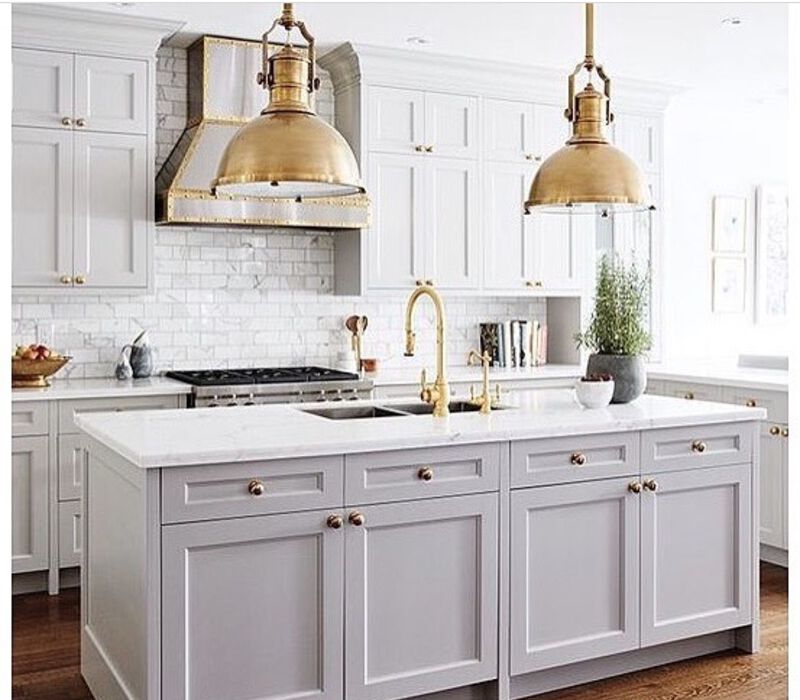
While these materials make frameless cabinets a more cost-effective option in some cases, they also provide the flexibility to accommodate modern hardware and sleek finishes, making them ideal for contemporary designs.
For contractors and companies, selecting the right material is essential, especially when accounting for long-term durability and installation environments.
Understanding which materials perform best under specific conditions can help minimize maintenance issues later on.
1.2 Structure
Framed Cabinets have a face frame that enhances the cabinet’s sturdiness and provides a solid foundation for attaching doors and drawers.
This structure allows contractors to make small adjustments during installation, particularly in homes where walls or floors are not perfectly level.
Frameless Cabinets, by contrast, are constructed without the face frame, meaning the sides of the cabinet are thicker and serve as the main support system.
This results in a more streamlined design but requires precise measurements and careful installation to ensure the doors and drawers align properly.
Frameless cabinets allow for full-overlay doors that cover the entire front of the cabinet, offering a more modern, seamless appearance.
| Aspect | Framed Cabinets | Frameless Cabinets |
| Construction | Face frame attached to cabinet box | No face frame, doors attach directly to box |
| Materials | Solid wood, plywood | MDF, particleboard, thicker side panels |
| Stability | Sturdier due to frame reinforcement | Relies on thicker side panels for structural support |
| Installation | Easier, frame helps with adjustments | Requires precision during installation |
| Appearance | Traditional look, visible frame | Sleek, modern, seamless design |
1.3 Appearance
One of the most noticeable differences between framed vs frameless cabinets is their appearance.
Framed cabinets give off a traditional, classic look with visible frames around doors and drawers. This can work well for kitchens aiming for a more detailed, ornate style.
Frameless cabinets, on the other hand, present a clean, minimalist aesthetic with flush doors and no visible frame. The smooth, unbroken lines make them ideal for modern and contemporary designs, where simplicity and functionality are emphasized.
For furniture brands, offering both framed and frameless options allows for a wider variety of design choices, catering to customers with different style preferences.
2. Aesthetic and Design Differences
Understanding how framed vs frameless cabinets differ in design and aesthetic appeal is crucial. Each style has its own visual characteristics that appeal to different markets, depending on the project’s goals, whether for residential or commercial purposes.
2.1 Visual Appeal Comparison
Framed Cabinets tend to cater to customers who favor a classic or transitional look.
The presence of the face frame allows for various door styles, such as traditional overlay or inset, offering a more detailed and layered design.
These cabinets often feature decorative elements like moldings or raised panels, making them ideal for high-end homes or projects that aim for a timeless aesthetic.
Frameless Cabinets, by contrast, deliver a sleek and modern appeal.
Their flush fronts, with doors that cover the entire face of the cabinet box, create a seamless, minimalist look that aligns with contemporary design trends.
The absence of the face frame also allows for more interior space, which is an attractive feature in smaller kitchens or offices where efficiency and space optimization are key.
This difference in visual appeal means that contractors and brands must consider the desired aesthetic outcome of their projects when recommending either framed or frameless cabinets.
Learn more: What are Overlay Cabinets? A Comprehensive Guide
2.2 Customization Options
Both framed vs frameless cabinets offer customization, but each type presents different opportunities.
Framed Cabinets:
- Customization in Finishes: Framed cabinets allow for more detailed and intricate finishes, making them ideal for clients looking to create a unique, personalized look. Decorative moldings, door paneling, and custom hardware options further enhance the flexibility of framed cabinetry.
- Traditional Design Options: For businesses that cater to customers with more classic tastes, framed cabinets offer a wide range of traditional design choices that can be adapted to suit various interiors.
Frameless Cabinets:
- Modern Features: Frameless cabinetry's clean lines make it suitable for modern design. Without the face frame, there is room for innovative internal storage solutions, such as pull-out shelves, organizers, and drawers with advanced mechanisms.
- Storage Efficiency: With more interior space, frameless cabinets maximize usability, making them perfect for projects where space-saving is a priority.
Offering customization options in both cabinet types enables contractors and brands to meet diverse customer needs, from ornate traditional kitchens to sleek, modern office installations.
3. Durability and Functionality
The durability and functionality of framed vs frameless cabinets are key selling points, especially in commercial projects or high-traffic areas where the cabinetry is expected to withstand heavy use.
3.1 Longevity and Ease of Use
Framed Cabinets are known for their sturdiness, thanks to the added structural support of the face frame. This reinforcement reduces the likelihood of warping or sagging over time, making framed cabinets a more durable option in environments where longevity is critical.
The frame also helps to protect the cabinet's internal components, reducing wear and tear on doors and drawers.
Frameless Cabinets offer ease of use through their accessible design, providing full access to the cabinet interior. This is an important consideration for smaller spaces, where maximizing every inch of storage is essential.
However, the lack of a face frame means that frameless cabinets rely on precise construction and high-quality materials to ensure long-term durability.
3.2 Durability
Research and industry data indicate that both framed vs frameless cabinets have similar life spans when constructed from high-quality materials.
However, framed cabinets tend to perform better in terms of long-term stability and resistance to damage due to the extra reinforcement provided by the face frame.
4. Cost Comparison: Framed vs. Frameless Cabinets
For contractors, furniture brands, and companies, cost is often a crucial factor when selecting between framed vs frameless cabinets.
While both types of cabinets offer a range of pricing options depending on materials, finishes, and customizations, understanding the cost differences at a fundamental level can help businesses make more informed decisions for their projects.
Learn more: Cost of Custom Cabinetry
4.1 Framed Cabinet Costs
The construction of framed cabinets often requires additional materials and craftsmanship due to the face frame.
This added structural component increases production time and cost.
Additionally, because framed cabinets tend to cater more to traditional and custom styles, the use of high-end materials such as solid wood and intricate hardware can further drive up the price.
However, framed cabinets may offer better long-term value in projects where durability and structural integrity are priorities.
They tend to be more forgiving during installation, which can reduce labor costs and potential issues with fitting or alignment.
4.2 Frameless Cabinet Costs
Frameless cabinets generally cost less than their framed counterparts, primarily because they use fewer materials (no face frame).
Additionally, frameless designs are more streamlined and tend to be mass-produced in modern styles, which makes them more affordable for projects that prioritize a minimalist look and efficient production.
However, precise installation is crucial for frameless cabinets, as any imperfections in the wall or floor can cause alignment issues. This may increase labor costs for contractors who must take extra care during installation.
Ultimately, frameless cabinets may offer more cost-effectiveness in contemporary designs where budget constraints and modern aesthetics are key, while framed cabinets can be a better investment for traditional, high-end projects where customization and durability are prioritized.
4.3 Price Points by Material
| Cabinet Type | Budget Range (USD) | Material Example |
| Framed | $500 - $1,200 per unit | Solid wood, plywood |
| Frameless | $300 - $900 per unit | MDF, particleboard |
Note: These price points are general estimates and can vary significantly based on region, supplier, and customization.
5. Customer Suitability: When to Choose Framed vs. Frameless Cabinets
For contractors, furniture brands, and companies, understanding the customer profile and project requirements is critical when advising on framed versus frameless cabinetry.
Each type of cabinet appeals to different client bases based on aesthetic preferences, functionality, and budget.
5.1 Framed Cabinets: Ideal for Traditional Projects
Framed cabinets are well-suited for customers seeking a traditional or transitional design.
These clients often value the detailed craftsmanship and durability that framed cabinets provide. High-end homes, classic kitchen remodels, and projects that emphasize ornate or customized finishes tend to benefit from the stability and visual appeal of framed cabinetry.
In addition, clients who prioritize flexibility in hardware options, such as soft-close hinges and decorative knobs, often prefer framed cabinets.
The frame allows for easier installation of various hardware, which can enhance both functionality and aesthetics.
Key Customer Profile for Framed Cabinets:
- Homeowners seeking a classic, high-end kitchen or bathroom design.
- Clients prioritizing durability and long-term value in traditional settings.
- Projects with a larger budget for custom finishes and materials.
5.2 Frameless Cabinets: Ideal for Modern, Space-Efficient Designs
For customers focusing on modern or contemporary designs, frameless cabinets are typically the go-to option.
These cabinets appeal to clients who prefer minimalist aesthetics, sleek lines, and efficient use of space. Furniture brands and contractors working on urban kitchens, smaller spaces, or commercial installations often recommend frameless cabinets due to their streamlined appearance and increased interior capacity.
Frameless cabinets also suit customers looking for a more affordable option without sacrificing style.
Many frameless cabinets are mass-produced, making them more cost-effective while still delivering on modern design trends.
Key Customer Profile for Frameless Cabinets:
- Clients aiming for a sleek, modern aesthetic with clean lines.
- Homeowners or businesses need to maximize storage and space efficiency.
- Projects with a focus on budget-friendly, yet stylish, cabinetry options.
6. Casta’s Expertise in Framed vs Frameless Cabinets
Casta Cabinetry has a proven track record in delivering high-quality framed vs frameless cabinets that meet the diverse needs of contractors, furniture brands, and companies worldwide.
Whether you’re working on a traditional home renovation or a contemporary commercial project, Casta offers solutions tailored to your specific requirements.
6.1 Expertise in Framed Cabinets
Casta specializes in framed cabinetry that blends durability with customization.
With advanced machinery and precise craftsmanship, we ensure that each cabinet’s face frame offers structural stability while giving clients the flexibility to choose from a variety of styles, finishes, and materials.
Our framed cabinets are ideal for high-end residential projects and are designed to last for decades.
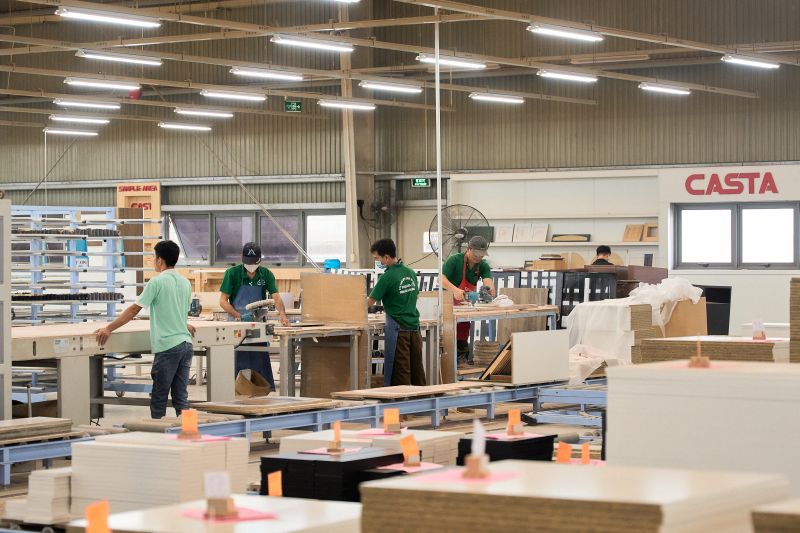
6.2 Expertise in Frameless Cabinets
For those seeking a frameless design, Casta utilizes state-of-the-art European machinery to produce sleek, minimalist cabinets that maximize interior space.
Our frameless cabinets are perfect for modern homes, offices, and commercial settings where a clean, uninterrupted design is essential. We offer a wide range of finishes and materials, allowing clients to customize their frameless cabinets to suit any contemporary project.

6.3 Manufacturing Capabilities
With two factories spanning over 100,000 m² and a production capacity of 200 containers per month, Casta Cabinetry is equipped to handle large-scale orders for both framed vs frameless cabinets.
Our use of 90% automation ensures consistent quality and precise workmanship, meeting the high demands of contractors and brands across North America and beyond.
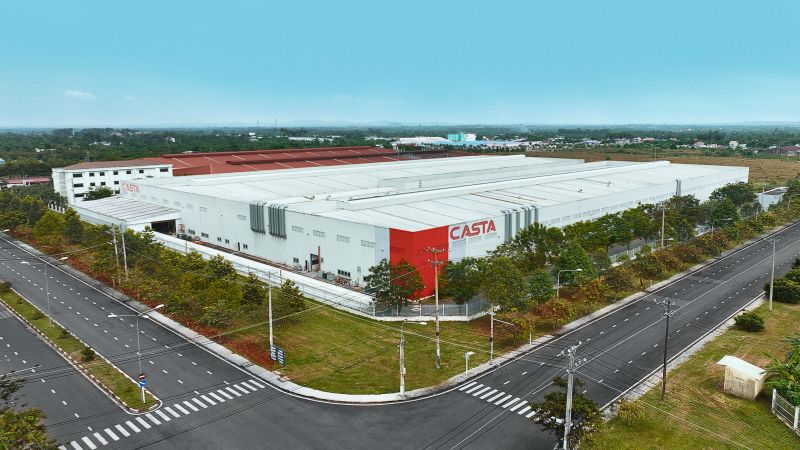
Casta’s commitment to sustainability, with cabinet certifications like CARB, FSC, and adherence to the European E1 Emission Standard, ensures that our cabinets not only meet quality expectations but also align with the environmental goals of today’s clients.
7. FAQ
What is the main difference between framed vs frameless cabinets?
Which type of cabinet is more cost-effective for contractors and brands?
Are frameless cabinets harder to install?
Which type of cabinet offers better durability?
Do frameless cabinets offer more storage space?
Can both framed vs frameless cabinets be customized?
Are frameless cabinets only suitable for modern designs?
How does Casta Cabinetry ensure the quality of both framed vs frameless cabinets?
Which cabinet type is better for large-scale commercial projects?
Can Casta Cabinetry handle large orders for both framed vs frameless cabinets?
Whether you're a contractor managing a high-end residential renovation or a furniture brand looking to expand your product line, understanding the distinctions between framed vs frameless cabinets can significantly impact the outcome of your projects.
Framed cabinets offer durability and traditional aesthetics, while frameless cabinets provide modern elegance and space efficiency.
Casta Cabinetry’s expertise in both styles ensures that you’ll receive high-quality, customizable solutions that fit your budget and design requirements.
Reach out to explore how Casta can support your next project with cabinets that blend craftsmanship, innovation, and sustainability.
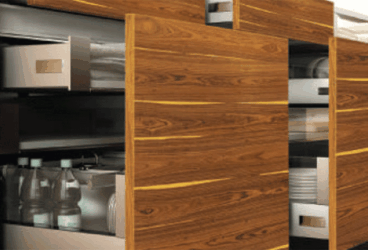
MDF vs Plywood for Kitchen Cabinets – Which is Better?...
MDF vs Plywood for kitchen cabinets is one of the most important decisions contractors and furniture brands must make wh...
11/14/2025 | David Nguyen
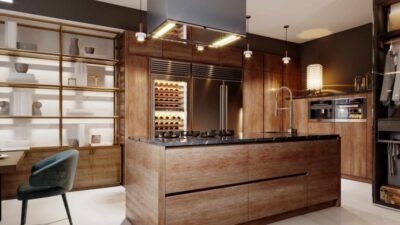
Plywood Kitchen Cabinets: Pros and Cons Explained for Contra...
Plywood kitchen cabinets are now one of the most preferred options in modern kitchen manufacturing, combining durability...
11/12/2025 | David Nguyen
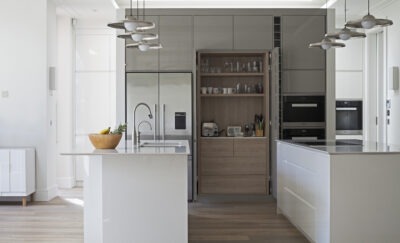
Best Italian Kitchen Cabinets: Modern Design, Precision Craf...
Italian kitchen cabinets represent the gold standard in modern kitchen design — celebrated for their craftsmanship, slee...
10/29/2025 | David Nguyen
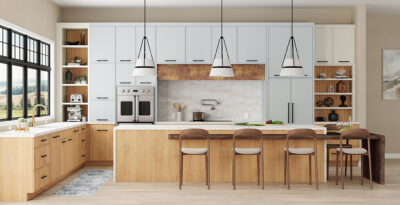
European vs American Kitchen Cabinets: Key Differences &...
European vs American kitchen cabinets is a core decision for anyone specifying cabinetry for modern buildings or homes. ...
10/27/2025 | David Nguyen
Contact us
Casta is always ready to listen and answer all customers' questions
